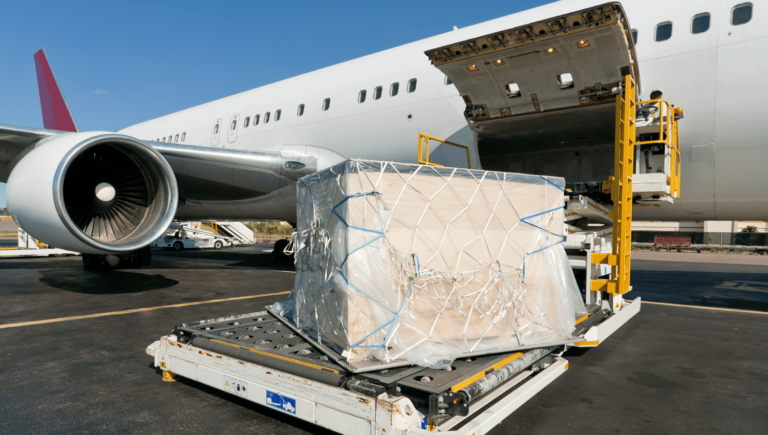Navigating the Evolving Landscape of AI Regulation in the United States
As advancements in artificial intelligence, (AI) technology continue to accelerate, regulatory authorities around the world face the challenge of keeping pace. This is particularly evident in the United States, where the absence of comprehensive AI regulation has resulted in a patchwork of governance across federal and state levels, industry self-governance, and the courts. In this blog, we will explore the current state of AI regulation in the United States, including existing regulatory tools and proposed regulations to manage the risks associated with AI.
The Need for Regulation:
AI holds immense potential across a wide range of industries, from defense and intelligence to commercial applications. However, concerns about the misuse and potential risks associated with AI have prompted efforts to implement regulatory frameworks. Without proper regulation, conflicting regulations from different state governments, compliance issues, and limitations in the courts to address AI-related disputes within existing laws may arise. The United States has recognized this need and is taking steps to develop regulations to govern AI.
Existing Regulatory Tools:
At present, AI in the United States is governed by a combination of federal and state government regulations, industry self-governance, and existing laws. While there is no specific comprehensive regulation for AI, various regulatory tools exist. For instance, US export controls laws and regulations control components used in AI development, but the technology itself is mostly classified under lightly controlled categories. Concerns about AI misuse have raised the question of whether certain AI technologies should be controlled under the International Traffic in Arms Regulations (ITAR), which currently does not have specific AI-defined items subject to export control requirements.
Proposed Regulations:
To address the evolving landscape of AI, the United States is developing new regulatory authorities. The US Department of Treasury has been tasked to establish regulations to restrict certain outbound investments, including AI, to countries of concern. These regulations aim to prevent US investors from providing resources that might give those countries an edge in sensitive areas of competition. Moreover, the Committee on Foreign Investment in the United States (CFIUS) reviews cross-border investments involving US businesses and assets, including AI-related ventures. President Biden’s recent executive orders have directed CFIUS to pay particular attention to key technologies such as AI when assessing risk.
Challenges and the Way Forward:
One of the major challenges in regulating AI lies in defining AI itself. Different federal agencies and Congress have proposed definitions, which vary in granularity and comprehensiveness. Finding a common definition that works within the existing regulatory framework is crucial. Additionally, striking a balance between protecting sensitive assets and promoting innovation is essential to prevent regulations from becoming unduly burdensome.
Conclusion:
As AI technology continues to advance at a rapid pace, the need for effective regulation becomes increasingly apparent. The United States recognizes this urgency and is taking steps to develop regulatory frameworks to manage AI-associated risks. While current regulations are a mix of federal oversight, state regulations, and industry self-governance, efforts are underway to establish comprehensive regulations that address the unique challenges posed by AI. By navigating these evolving regulations, companies operating in or doing business with the United States can ensure compliance while harnessing the potential benefits of AI innovation.
Source article: https://www.morganlewis.com/pubs/2024/04/existing-and-proposed-federal-ai-regulation-in-the-united-states

ITAR Course
ITAR – A fundamental overview of the U.S. International Traffic in Arms (ITAR), providing insight and understanding of the key principals and essentials of proper compliance. How does ITAR impact international business, avoid costly fines and penalties, does my product fall under ITAR, and other questions are answered with this training.








